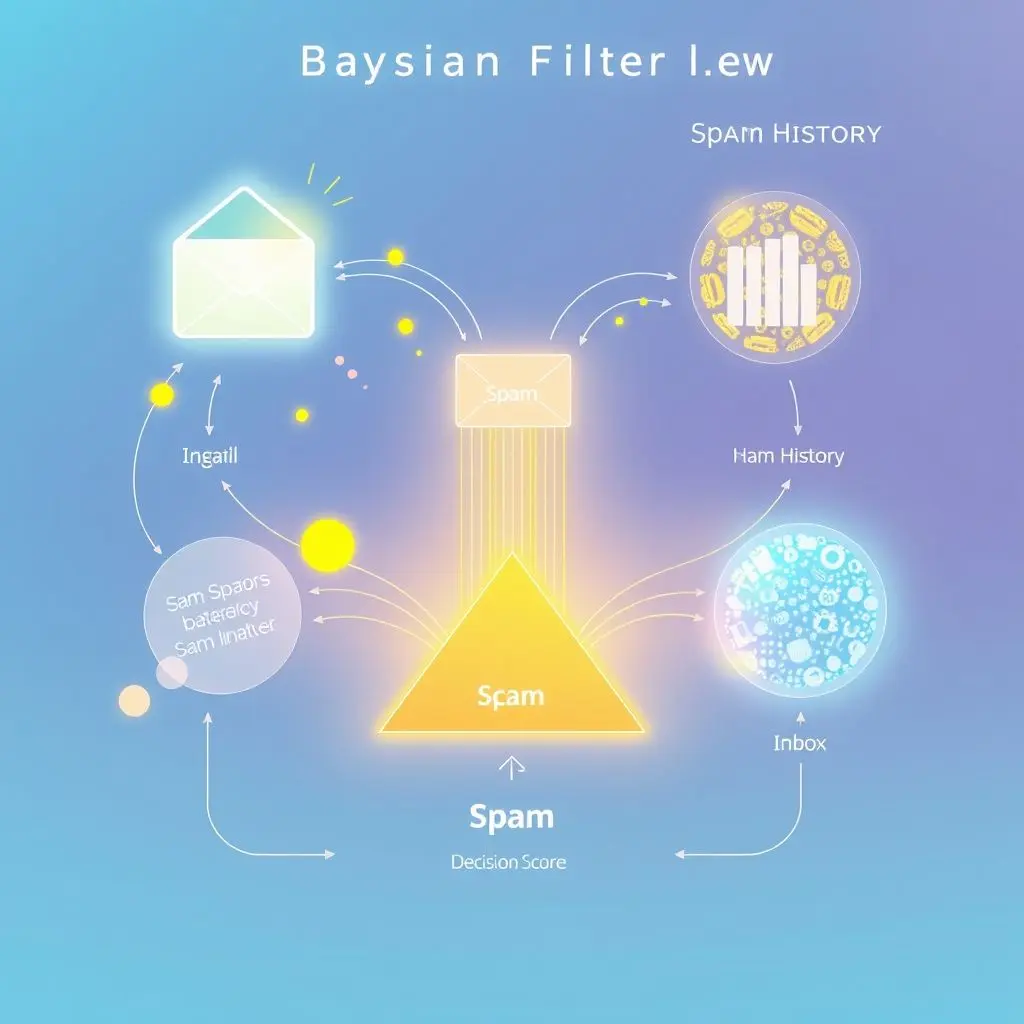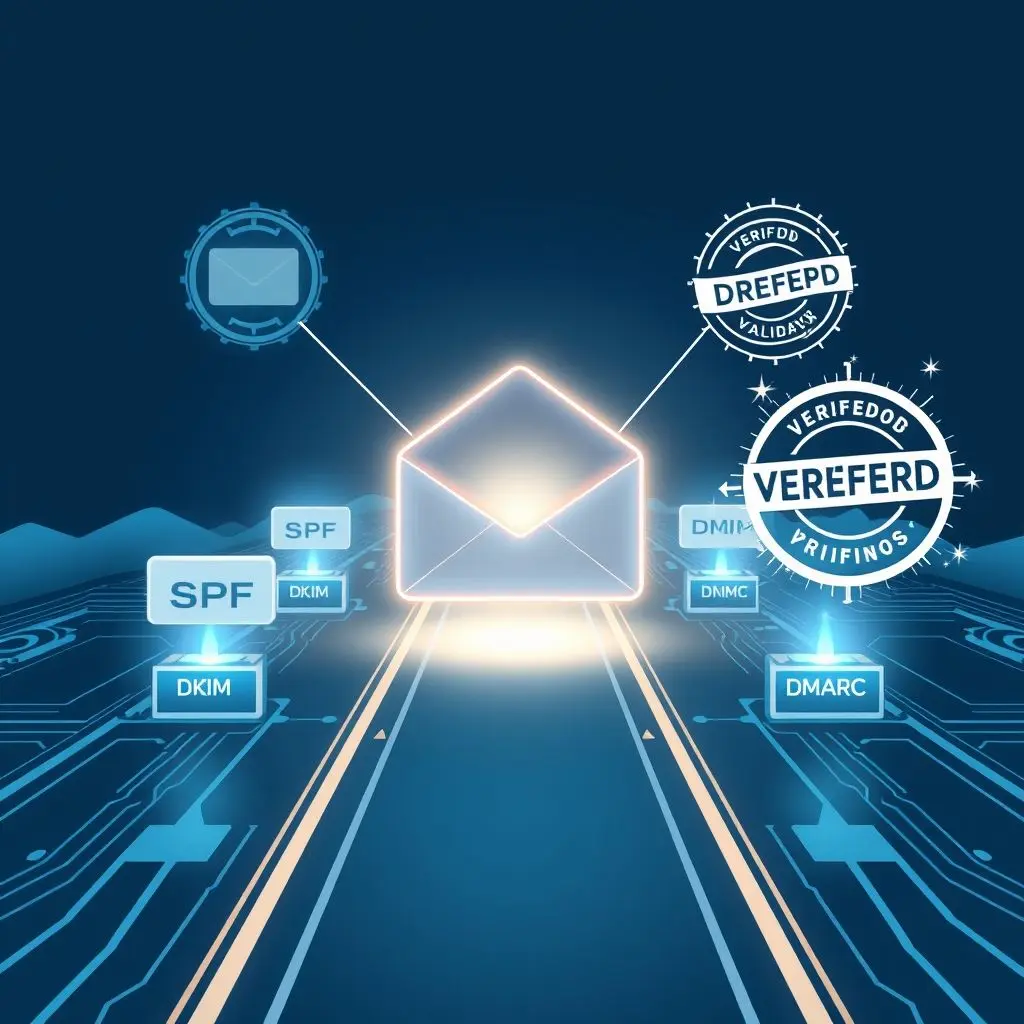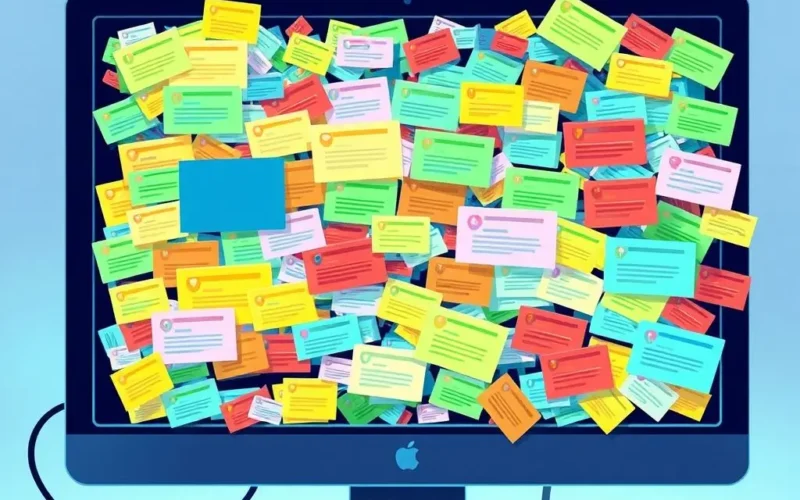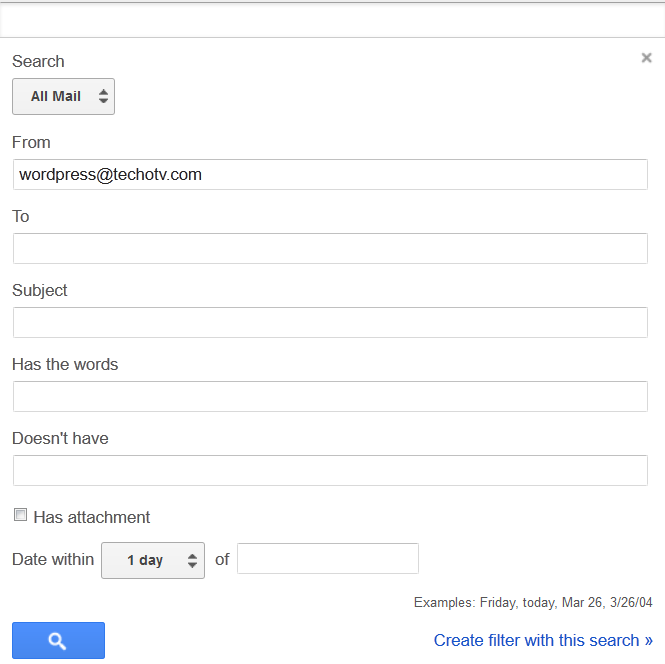Ever peeked into your email inbox and thought, "How is this not just a chaotic wasteland of unsolicited offers and dubious links?" You can thank your digital guardian angels: the spam filters!
These aren’t just simple tools with a static list of ‘bad’ senders. They are incredibly sophisticated systems, constantly learning and adapting. But how do they actually *work* their magic? Let’s pull back the curtain and explore the clever techniques that protect your inbox.
Table of Contents
Beyond the Blocklist: Early Spam Fighting
In the early days of email, spam filtering was quite basic. Think simple keyword matching (flagging emails with "Viagra" or "£££") or maintaining rudimentary blocklists of known spamming IP addresses. While these methods helped, spammers quickly learned to circumvent them, using misspellings, image text, or constantly changing senders.
As spam evolved, so did the defense. The need arose for filters that could understand context, identify patterns, and learn from experience.
The Brains of the Operation: Bayesian Filtering
One of the most foundational and effective techniques powering modern spam filters is Bayesian filtering. Don’t let the name intimidate you; the core idea is quite intuitive.
Think of it as a highly trained probability machine. A Bayesian filter doesn’t just look for *one* bad word; it analyzes the *entire email* and calculates the likelihood of it being spam based on the words and patterns it contains, drawing on a vast history of emails it has processed.
How Bayesian Filtering Learns
The process starts with training. You—or more accurately, the collective actions of many email users and sophisticated algorithms—teach the filter by marking emails as either "spam" or "not spam" (often called "ham" in this context). The filter breaks down these emails into individual "tokens" — mostly words, but also phrases, punctuation, and other elements.
It then builds a massive database tracking how often each token appears in emails you’ve marked as spam compared to how often it appears in legitimate emails. Words like ‘urgent’, ‘free money’, ‘prize’, or suspicious characters and links might appear frequently in spam, while words related to your work, family, or hobbies appear frequently in legitimate mail.

Calculating Probability with Bayes’ Theorem
When a new email arrives, the Bayesian filter examines its tokens. For each token, it looks up its probability of appearing in spam versus ham based on its training data. Using a mathematical concept called Bayes’ Theorem (named after Thomas Bayes, an 18th-century statistician), the filter combines the probabilities of *all* the significant tokens in the email.
In simple terms, it calculates: What is the probability this email is spam, GIVEN the words it contains?
Words that appear much more often in spam than ham significantly increase the email’s overall "spam score." Words that appear much more often in ham decrease the score. The filter considers the *combination* of words; an email with "free" and "money" is much more likely to be spam than one with just "free" (which might be in a legitimate offer) or just "money" (which could be in a work email).

Based on this calculated probability (e.g., 95% likelihood of being spam), the filter makes a decision: mark it as spam, send it to the inbox, or perhaps flag it for further review.
The Power of Continuous Learning
Bayesian filters are powerful because they are dynamic. As you continue to mark emails, the filter’s understanding of what constitutes spam and ham *for you* improves. It adapts to new spamming techniques and legitimate email patterns over time. This is why marking misclassified emails is crucial — you’re actively training your filter!
It’s Not Just About Words: Other Filtering Techniques
While Bayesian filtering is a cornerstone, modern spam defense uses a multi-layered approach, combining various techniques for maximum effectiveness:
Sender Reputation and Authentication
A major factor is who the email is coming from and whether they are who they claim to be.
- Sender Reputation: Email services track the sending history of IP addresses and domains. IPs that send a high volume of spam or have poor engagement metrics (emails marked as spam, recipients unsubscribing) build a low reputation and are more likely to have their emails flagged or blocked entirely.
- Email Authentication: Technologies like SPF (Sender Policy Framework), DKIM (DomainKeys Identified Mail), and DMARC (Domain-based Message Authentication, Reporting, and Conformance) allow recipients to verify that an email claiming to come from a specific domain is actually authorized by that domain’s owner. Failing these checks is a major red flag.

Header Analysis
The header of an email contains technical details about its origin and journey across the internet. Filters analyze headers for suspicious or inconsistent information, such as:
- Mismatched ‘From’ and ‘Return-Path’ addresses.
- Incorrectly formatted headers.
- IP addresses known for sending spam.
- Unusual routing information.
Content and Formatting Analysis
Beyond the words themselves, filters look at how the email is constructed:
- HTML Structure: Spam often uses overly complex, malformed, or hidden HTML.
- Image vs. Text Ratio: Emails that are almost entirely large images with little text are suspicious, as spammers use this to evade text-based filters.
- Hidden Text/Pixel Tracking: Filters can detect tiny, often invisible, images (tracking pixels) used to verify if an email address is active when the email is opened. While used legitimately sometimes, it’s a common spammer tactic.
- Links: Analyzing the destination of links, checking against databases of known malicious URLs.
Heuristic Rules and Collaborative Filtering
Filters also employ predefined rules based on common spam characteristics discovered by security researchers (heuristics). Additionally, many filters benefit from collaborative efforts, sharing information about new spam patterns or suspicious senders across networks (like shared blacklists or rule sets used by popular filtering software like SpamAssassin).
The Unending Battle: An Arms Race
Spam filtering isn’t a problem that gets solved; it’s a continuous arms race. As filters get smarter, spammers develop new techniques to bypass them — using novel phrasing, sending through compromised accounts, hiding content in images, or using sophisticated phishing lures. This is why filters must constantly learn and update their methods.

Still feel like these filters are working some kind of digital voodoo? Get a quick visual rundown of the core concept:
Frequently Asked Questions About Spam Filters
Q: Why do legitimate emails sometimes end up in my spam folder?
A: This is called a "false positive." It happens when an email, despite being legitimate, contains a combination of words, formatting, or sender characteristics that strongly resemble spam according to the filter’s training data and rules. The sender might have a poor reputation, the email might contain tracking pixels, or its content might coincidentally overlap with common spam phrases.
Q: Can I make my spam filter better?
A: Yes! The most effective way is to actively mark emails correctly. When a legitimate email is in spam, move it to your inbox. When spam is in your inbox, mark it as spam. This provides valuable training data for Bayesian and other learning-based filters, helping them adapt to your specific email patterns.
Q: What are SPF, DKIM, and DMARC in simple terms?
A: They are like digital signatures and permission slips for email. SPF checks if the sending server’s IP address is authorized to send email for that domain. DKIM adds a digital signature to the email content, verifying it hasn’t been tampered with in transit. DMARC tells receiving servers how to handle emails that fail SPF or DKIM checks (e.g., reject, quarantine, or just report). They help confirm the email isn’t a forgery.
Q: Is any single filtering method enough?
A: Rarely. Modern spam protection is effective precisely because it uses multiple layers. An email might pass a sender reputation check but fail Bayesian analysis due to its content, or pass content checks but fail DMARC authentication. Combining techniques drastically reduces the number of spam emails that reach your inbox.
The Unsung Heroes
Next time you open your inbox and find it relatively clean, take a moment to appreciate the complex dance happening behind the scenes. From sophisticated probabilistic models like Bayesian filtering to sender verification and constant pattern analysis, a hidden war is being fought through digital wires. These code ninjas and the systems they build are the unsung heroes keeping our primary mode of digital communication usable.
If this explanation didn’t get caught in your spam trap, perhaps hit that like button if you enjoyed learning about it! And for more insights into the tech that keeps our digital lives running smoothly — and safely — subscribing is always a smart move.

